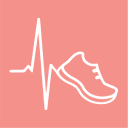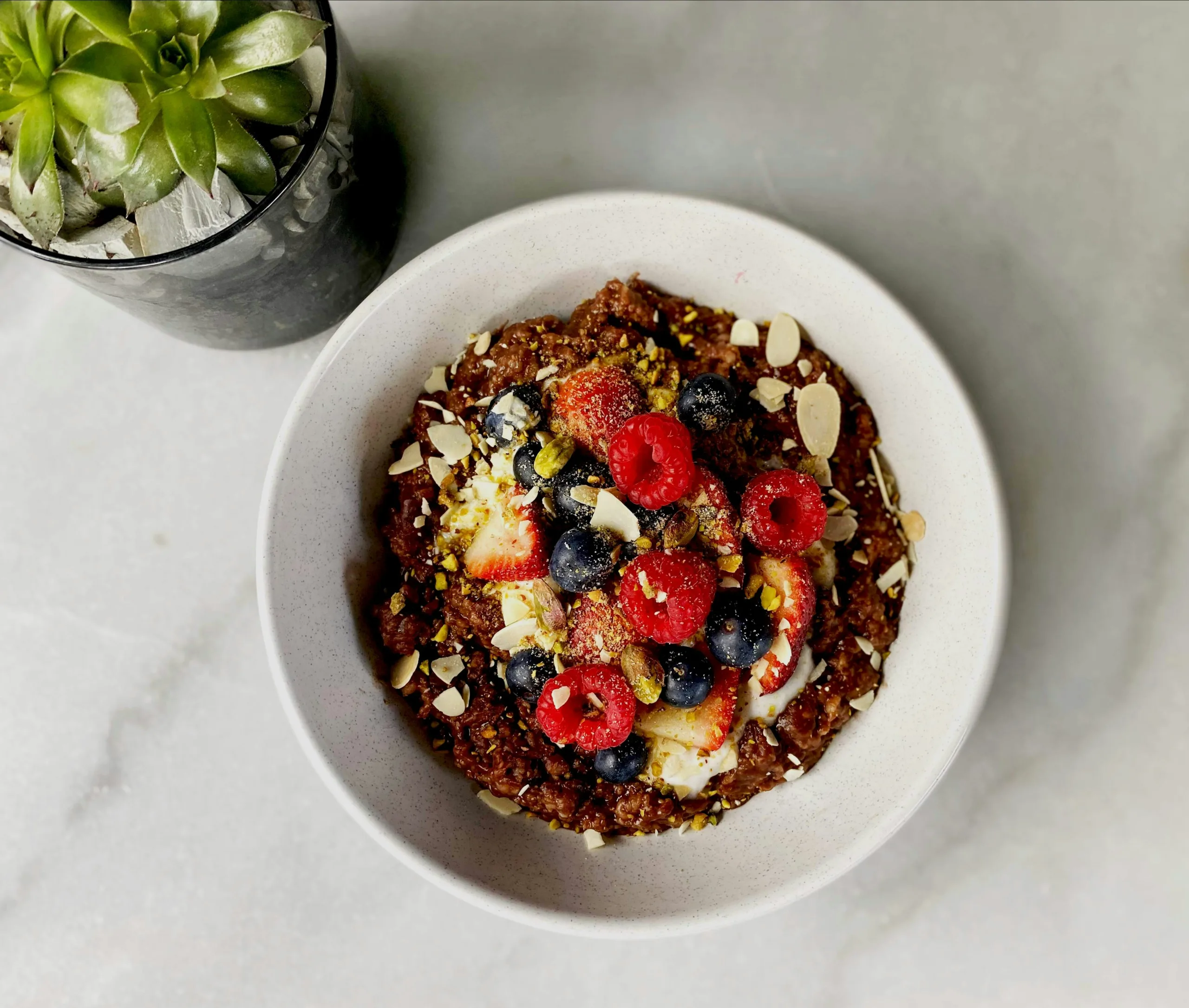We’re going to let you in on a little secret. Most popular healthy diets that are touted for weight loss—from Paleo to Mediterranean and vegetarian—share many of the same basic principles. All involve eating whole foods (as opposed to packaged and processed) and filling your plate with quality sources of protein, healthy fats, complex carbohydrates, and vitamin-, mineral-, and fiber-rich vegetables. (Again, we’re talking about the ones that fall somewhere on the healthy spectrum, not unhealthy fad diets like, ahem, the Grapefruit Diet. However, each proposes a slightly different path that leads to fulfilling those principles. In this column, we’ll be breaking them down for you one by one so you can figure out which (if any!) is right for you. We’ll quickly explain the facts and then provide quick, actionable tips on how to follow the diet as part of a Nutritious Life.
A favorite among the professional bodybuilding and powerlifting community, the Vertical Diet claims to boost energy, endurance, recovery, improve gut health, and balance hormones. But is it safe (and sustainable)? Here’s the Vertical Diet decoded.
What is the Vertical Diet?
Eat more of less food is the premise behind this diet designed to enhance athletic performance, build muscle, shed weight, and optimize health.
Instead of eating evenly across a wide variety of food groups (otherwise known as eating “horizontally” by vertical eating fans), you’re encouraged to consume a limited number of easily digestible foods in large quantities, or in other words eat “vertically.”
According to Stan Efferding, professional bodybuilder, powerlifter, and diet founder, eating vertically enhances metabolism, improves gut health, and helps the body become more efficient at digesting food and absorbing nutrients. He says it will also be easier to consume more food throughout the day. However, it is important to note, Efferding’s philosophy is lacking scientific evidence. There is no research to back up these claims.
To follow this diet, you start by consuming a limited selection of foods to meet your calorie and fitness needs. As you increase your intensity and frequency of workouts, you’ll add more meals of these same foods in order to maximize muscle mass and strength.
What You Eat
Hopefully you like red meat and white rice because these two foods will comprise the bulk of your diet. Red meat provides protein, iron, b vitamins, and zinc, which the diet focuses on due to the ability of these nutrients to aid in muscle growth, while white rice provides an easy-to-digest source of carbs to fuel workouts.
If you’re only eating red meat and white rice, your body will be deprived of important nutrients. The diet does allow a limited amount of some nutrient-rich, easily digested foods like eggs, salmon, spinach, full-fat dairy, oranges, and olive oil. But don’t plan on filling up on these foods. If you’re hungry, you’re instructed to pile up your plate with more red meat and white rice.
What You Don’t Eat
Any foods that aren’t easily digested are discouraged on this diet. That includes grains like brown rice, pasta or bread, legumes (soaked legumes are permitted), and high-fiber veggies like onion, garlic, broccoli, cauliflower, brussels sprouts or kale.
By excluding these foods, the diet claims you’ll improve your metabolism and gut health to easily meet your calorie and protein needs. (Um, we’re scratching our heads on this one).
Pros and Cons
If your goal is to increase muscle mass and fuel your workouts, then the vertical diet might give you those results—at a cost. The simplicity of the diet plan and emphasis on red meat and easily digestible foods technically may make it easier to create a calorie surplus and consume plenty of protein needed to increase muscle mass—but with no evidence supporting this, the cons are really what you need to focus on.
There isn’t enough research to support the diet’s claims that limiting your intake to easily digestible foods boosts metabolism or gut health. On the contrary, reducing fiber intake can actually hurt your gut health in the long-term. Fiber helps feed the beneficial bacteria in your gut, slows digestion and thereby helps your body absorb nutrients, and keeps your bowel movements “regular.” Plus, fiber also plays an important role in weight loss and disease prevention.
Fiber isn’t the only nutrient you’ll be missing out on. This diet also limits your intake of many nutritious foods including whole grains, antioxidant-rich fruits and vegetables, and legumes. This diet could lead to deficiencies in heart-healthy fats, vitamins and minerals.
It’s also important to consider how much red meat you’ll be eating on this diet. While there is some controversy about whether red meat is as harmful as we once thought, it’s still high in saturated fat and eating large amounts isn’t healthy (even if having some high quality red meat is okay). Not to mention, it can be pricey.
The Bottom Line
This isn’t something we recommend. Ever. If you’re a bodybuilder looking to increase muscle mass, an athlete wanting a more sustainable workout or a casual gym goer or looking to improve your overall health—this is not the quick fix you’re looking for. In fact, this could do more harm than any good.
There’s no research to back the health claims of this diet beyond increased muscle mass. Plus, the limited variety and restrictions on nutritious foods means you would be missing out on essential nutrients and disease-fighting antioxidants while likely increasing inflammation at the same time.
(photo credit: Shutterstock)






























